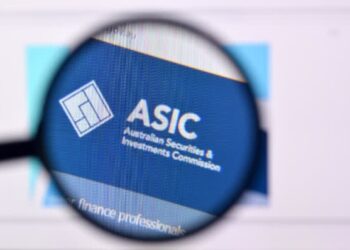In its submission to the Quality of Advice review, the Association of Superannuation Funds Australia (ASFA) has identified the cost associated with the provision of a Statement of Advice (SoA) as a major driver of the cost of personal advice.
In fact, ASFA revealed that its superannuation fund members have indicated that the cost on-charged to a fund member for average SoA is $1,500 to 2,500, compared to an average cost of $300 to $500 for a Record of Advice (RoA).
And while acknowledging the value a SoA can provide in certain circumstances, ASFA said it is of the view that a SoA is not always an effective means of engaging with a consumer in relation to advice.
“While the Corporations Act requires a SoA to be set out in a clear, concise, and effective manner, advisers must also comply with detailed content requirements and as a result SoAs are often lengthy documents that many consumers would find difficult to understand,” ASFA said.
As such, it proposed the addition of an option for advisers to address certain advice topics through a RoA, or other simplified advice document, rather than a SoA.
“We expect this will reduce the cost of receiving advice and allow for shorter, more targeted disclosure about the advice that is easier for consumers to engage with.”
The organisation said ASIC should be tasked with providing a template RoA for advice that falls under this disclosure model, to ensure consistency for consumers’ benefit and to help ensure compliance.
Moreover, ASFA also touched on ongoing fee arrangements, noting that while it understands recent reforms requiring consent are aimed at protecting consumers, feedback from members has suggested the way in which the reforms have been implemented “disproportionately” increasing advisers’ costs.
“Consent is required at the superannuation account level, whereas in practice, a superannuation fund member may have multiple products within a fund and therefore more than one account. This means that fee disclosure documents can become complex and not able to be automated,” the organisation said.
“In ASFA’s view, the consumer protection objective could still be achieved by limiting the consent arrangement to the product platform level, rather than applying separate consent requirements where multiple superannuation accounts are held by the member.”




What will the other 12 associations make of this?
ROAs are basically SOAs anyway. What are they talking about? This wont save anyone any time.
$300-$500 cost for a RoA? ASFA have no idea.
I’m betting that the compliance regime of this industry will be sorted and make sense in circa 10 years. In the meantime – good luck !
Wouldn’t matter if an SOA was clear, concise and effective. All this will do is end up with ROA’s that are 40 pages long once the compliance teams get hold of them
ROA’s should replace SOA’s when there is an existing relationship between a specific adviser and client.
Initially an SOA should be provided, but in future years, if there is an unbroken relationship between the client and the same adviser, then ROA’s should replace SOA”s in recognition that the adviser has a deep understanding of the clients needs , wants and objectives.
lol. and then all of the overprescriptive-legislation-in-all-the-wrong-areas or RGs to determine when an adviser has a deep enough relationship with a client